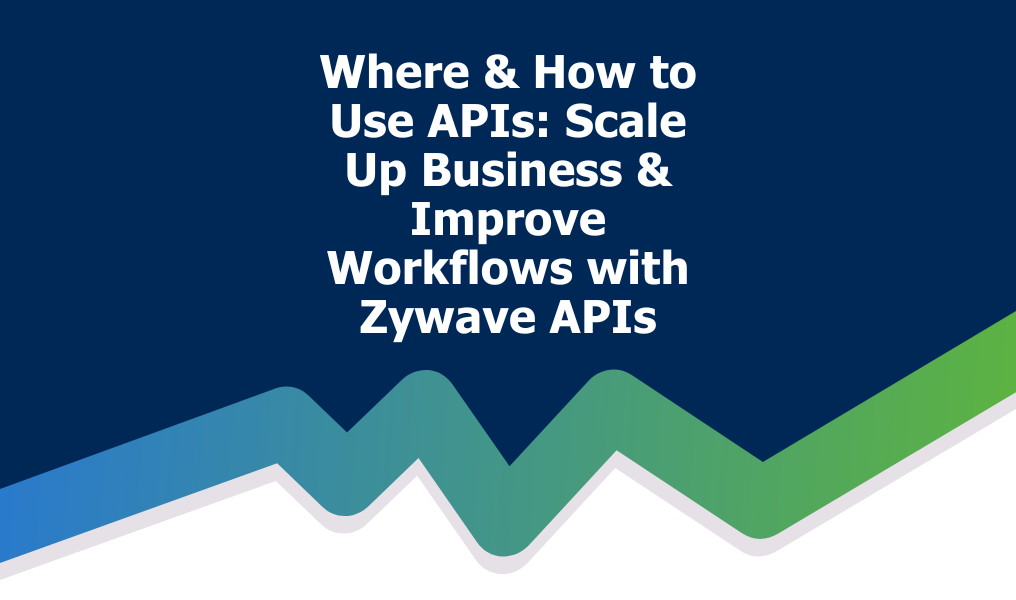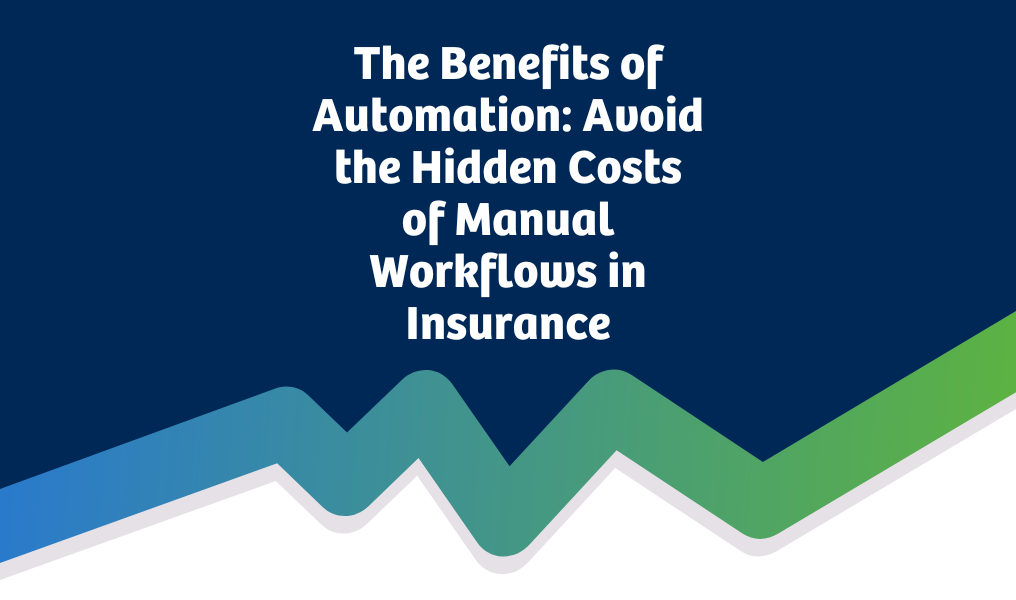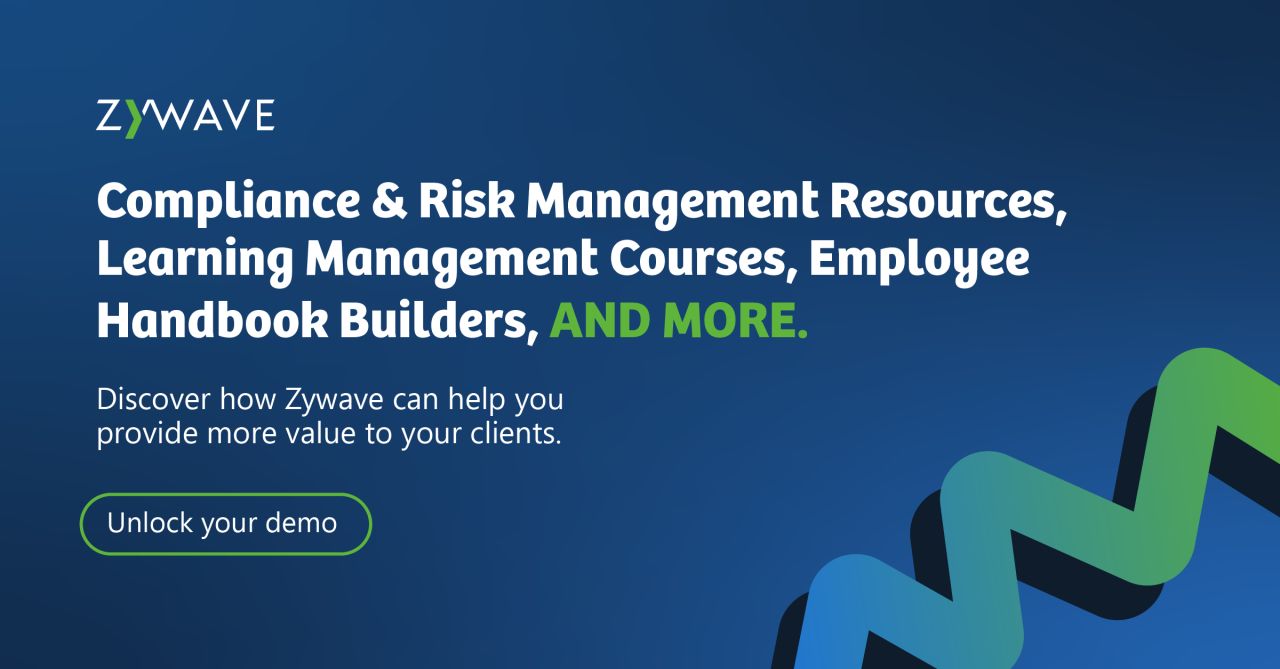It all comes down to data. The world of cyber is constantly changing, and new threats arise daily. This makes data the key to driving your cyber strategy. Data provides the insights necessary to build a strong cyber defense and stay ahead of malicious attacks.
How can data help inform threat intelligence?
The more data that is gathered, the more patterns can be observed. But those patterns are constantly changing as cyber threats evolve. New technology is becoming available at an unprecedented pace which means more data is constantly being needed in order to quantify and predict risks.
With an abundance of data, cyber defenders can identify when hostile entities – or threat actors – are most likely to launch an attack. They can predict where the highest risk is and can move to prevent potential losses.
To be proactive in preventing cyber-attacks, organizations must leverage specific types of data effectively. Doing so can make digital defenses more predictive and less reactionary. This in turn leads to the mitigation of risk and ultimately fewer losses.
What data can be used effectively to prevent cyber-attacks from happening?
1. Names of threat actors – By capturing the names of various threat actors and threat organizations, we can begin to identify patterns such as the lifecycles of these entities. This makes it possible to determine which threat actors to prioritize at certain times.
Observing and anticipating their behaviors and tactics allows organizations to plan ahead and launch preemptive defenses to lessen the severity of attacks or even stop them all together. Knowing which threat actors are active and how they are operating is a cornerstone of cyber defense strategy.
2. Cost – Data also reveals which threat actors are costing the most money. This information is essential for prioritizing threats and building a risk management plan.
Identifying and understanding the total cost of a loss event isn’t always straightforward. Direct costs such as data recovery, system restoration, and legal fees are often what comes to mind when assessing cost, but it’s important to remember that there are indirect costs as well. These include business interruption, loss of revenue, and damage to an organization’s reputation.
By gathering as much data as possible, organizations get build a better picture of what the total cost of a cyber-attack will be and can incorporate both direct and indirect costs so defenses can be prioritized.
3. Lawsuit analysis – Litigation has exploded in recent years. Underwriters can use data to anticipate which industries are more prone to lawsuits.
Different industries face unique legal challenges following a cyber-attack. Healthcare organizations will have different concerns than financial institutions. It’s essential to have a deep understanding of what the ramifications of an attack can be based on industry. Data analysis makes this possible.
To be effective, data needs to be actionable . Gathering as much data as possible is only part of the equation; it also needs to be translated into strategic decisions. By analyzing as many data sets as possible, organizations can take steps to build defenses against specific threat actors or tactics. They can identify when a particular malicious group is most active or what the costliest attack would be.
More data makes it possible to target specific strategies to move cyber insurance away from a reactionary state and towards being proactive. Preventing a loss from ever occurring is the ultimate goal, and data is the way to get there.

















